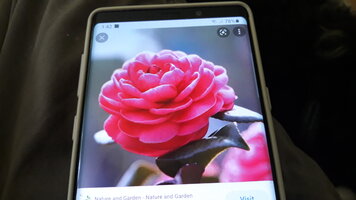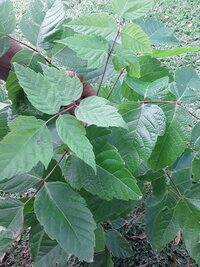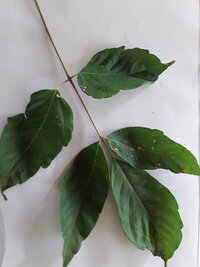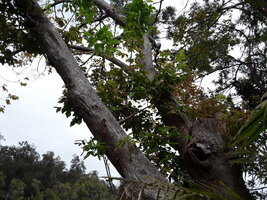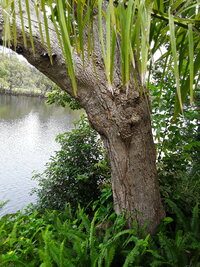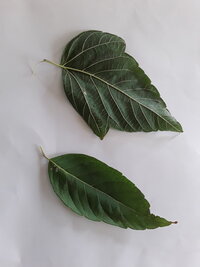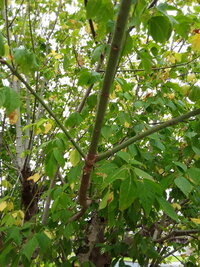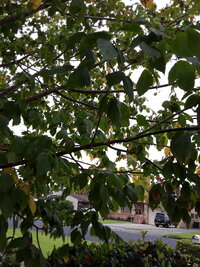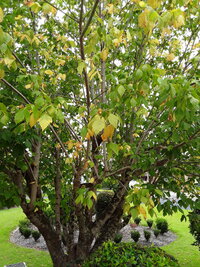Hello all,
I have been reading a lot of previous posts about Ph fluctuations and not chasing it with water thats on the acidic side. However I have been using ' Ph down' a few times and that reduces it but then its crept up again to well above my desired / recommended levels 5.8 , 6.0 quite quickly. I have been using this product, ' Ph down ' where the active constitute is Biphosphate. In addition so far I have been using quite a lot of peat and numerous IAL. Everything seems to stabilize for a bit but soon creeps up to around 6.8, 7.0 mark. I am using remineralized RO and thats keeping the TDS quite well within recommended levels .
I have PRL and CRS shrimp.
I have been reading a lot of previous posts about Ph fluctuations and not chasing it with water thats on the acidic side. However I have been using ' Ph down' a few times and that reduces it but then its crept up again to well above my desired / recommended levels 5.8 , 6.0 quite quickly. I have been using this product, ' Ph down ' where the active constitute is Biphosphate. In addition so far I have been using quite a lot of peat and numerous IAL. Everything seems to stabilize for a bit but soon creeps up to around 6.8, 7.0 mark. I am using remineralized RO and thats keeping the TDS quite well within recommended levels .
I have PRL and CRS shrimp.



